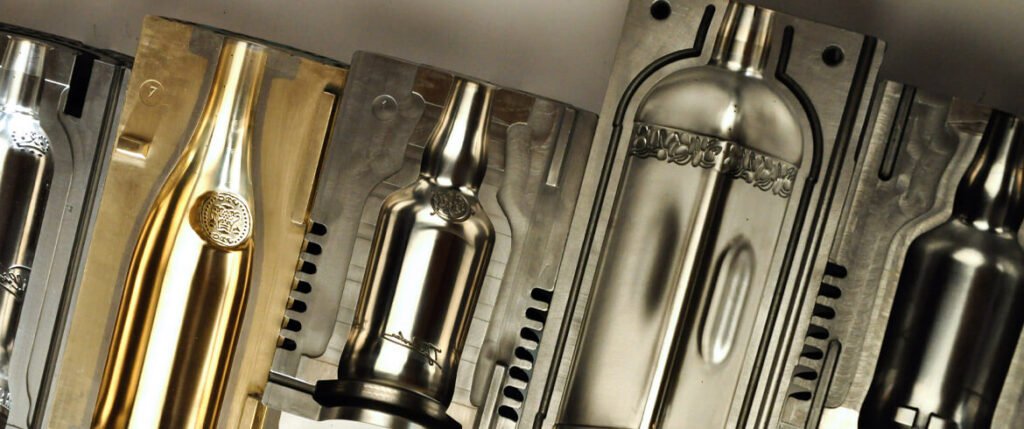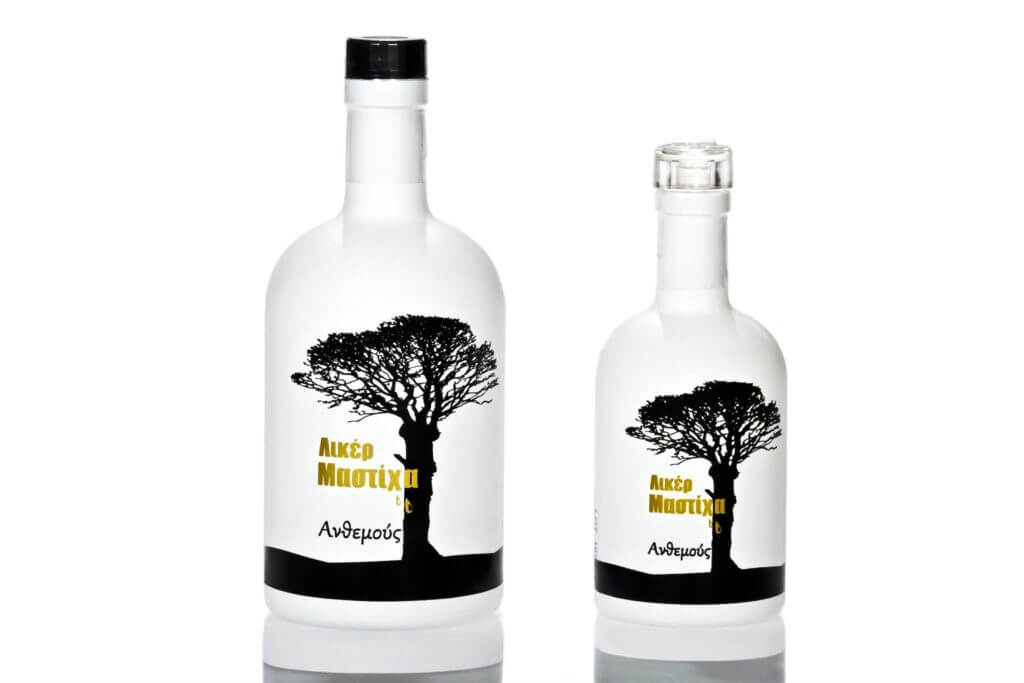In recent years, reports of glass bottle breakage have raised safety concerns among consumers. As a manufacturer, maintaining a good reputation in the market and ensuring product safety are critical responsibilities. Here’s a detailed analysis of how to mitigate breakage issues.

1. Understanding the Causes of Breakage
Many glass bottles are used for packaging alcoholic beverages, which can release carbon dioxide at elevated temperatures. When this gas accumulates in a sealed container, it exerts pressure on the inner walls of the bottle. If the pressure exceeds the bottle’s tolerance, breakage can occur.
2. Solutions to Prevent Breakage
To tackle this issue, manufacturers should focus on enhancing the quality of glass bottles. This can be achieved by:
- Increasing Wall Thickness: A thicker inner wall can better withstand the pressure generated by gas accumulation, reducing the likelihood of breakage.
- Utilizing Advanced Techniques: Implementing innovative manufacturing techniques can improve the overall strength and durability of the bottles.
For consumers, it’s essential to avoid exposing glass bottles to direct sunlight or extreme heat, as this can accelerate gas generation and increase the risk of breakage.

Conclusion
Despite advancements in glass production technology, cost constraints and other factors in the alcoholic beverage packaging industry limit the application of many techniques. Therefore, enhancing wall thickness and adjusting material formulations are the most viable methods to improve safety. By focusing on these strategies, manufacturers can significantly reduce the risk of glass bottle breakage and enhance product safety for consumers.

